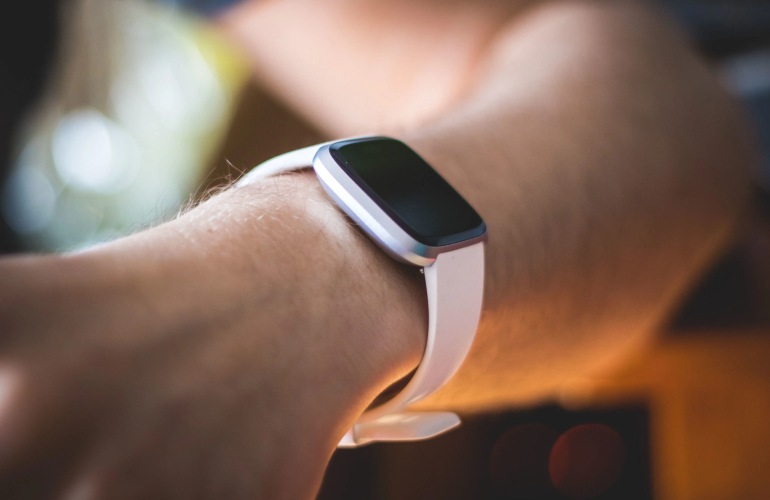According to the Centers for Disease Control (CDC):
- Roughly one of every four adults over 65 takes a fall every year.
- One in five of those falls causes a serious injury like broken bones or head trauma.
- 3 million seniors are treated in emergency rooms after a fall.
- Over 800,000 patients a year are hospitalized due to injuries sustained from a fall.
- Each year some 300,000 seniors are hospitalized by hip fractures, 95% of which are caused by falling.
A fall can happen in a split second, particularly to those with balance issues, but also to the healthiest among us. All it takes is one false move – missing a step, tripping over a kid’s toy, miscalculating a curb. Before you know it, you’re down. In that moment, time becomes critical. The sooner you can get help, the better your odds of protecting your independence and quality of life.
The bottom line: Fall detectors for seniors can be the difference between hours on the floor unassisted and getting essential emergency care immediately. What Exactly is a Fall Detection Device?
Generally speaking, a fall detection device helps reduce the risk of long-term injury by detecting a person’s abrupt change of position. The device then calls for help, even if the person is unable to, sending an immediate signal for emergency aid.
Specifically speaking, there are two types of fall detection devices: Wearable sensors and ambient sensors.
Wearable Sensors
A wearable sensor is incorporated into a watch, pendant, belt, or clip-on device. This sensor will determine the speed at which a person moves to the ground. An algorithm will confirm whether or not the wearer fell. An agent will then contact the wearer through a speaker in the device and one of two scenarios will play out:
- If the person responds and confirms they have fallen, the agent will contact the person’s emergency contact set up in the system in advance.
- If the person does not respond, the agent will automatically reach out to the emergency contact on their behalf.
Many wearable devices feature a panic button so the person can self-report a fall if they are able.
Ambient Sensors
Ambient sensors used strategically placed video cameras in the home or apartment to track movement. When the ambient sensor detects a fall, the monitoring service will contact the resident through a speaker in the home. As in the case of the wearable device, if the person confirms a fall, a notification will be sent to the emergency contact. If there is no response, the emergency contact will be automatically notified.
Accuracy and Limitations
Though it is abundantly clear these state-of-the-art sensors are not your grandma's fall detection devices, manufacturers admit none of these products are 100% foolproof. According to the director of education and advocacy for Age Safe America, the rate of successful detection is about 85%.
In terms of getting the best bang for your buck, studies indicate that while your smartwatch can detect a fall, devices worn closer to your center of gravity, like a necklace or pendant, and closer to your shoulder, will deliver more accurate information.
At Overture’s premier active adult communities, the focus is on your health and well-being. Specifically designed to support a safe, independent, stress-free lifestyle, Overture strives to make this chapter of life the best one yet. Book a tour today and see just how fulfilling and active your life can be.
You’ve got a lot of living to do.

